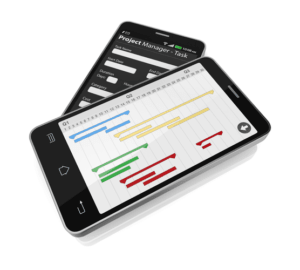



A transposition error definition in accounting refers to a mistake that occurs when two digits or more are accidentally swapped or reversed in value. This reversal of places results in a difference between the mistakenly recorded and the correct amount that should be divisible by 9. This type of error can affect financial calculations, leading to discrepancies in accounting records. Advancements in financial software now offer features like automatic reconciliation and error-checking algorithms that can identify potential transposition errors.

Systems that are user-friendly and intuitive reduce the cognitive load on users, thereby decreasing the likelihood of input errors. Moreover, accounting systems with built-in validation rules can prevent the entry of data that does not meet predefined criteria, such as the format of account numbers or the relationships between financial figures. These validation rules act as the first line of defense against transposition errors. In order to correct a transposition error, it is important to identify the source of the https://www.bookstime.com/ error and determine which digits were transposed. Then, the correct numbers must be entered and the incorrect calculations or reports must be updated.
They can distort the true picture of an individual’s or organization’s financial health and lead to a cascade of negative consequences. By understanding the nature of these errors, recognizing their potential impact, and implementing robust prevention strategies, we can safeguard against the pitfalls of inaccurate financial data. Remember, in finance, every digit counts, and even the smallest error can subtract from your success. Integrating automated error detection systems can provide an extra layer of protection against transposition errors.

Detecting and resolving transposition errors is crucial for maintaining the accuracy of your financial data. gross vs net These errors can have a significant impact on the accuracy of financial records, potentially leading to misleading financial statements and analysis. Identification and correction of transposition errors are essential for error detection, ensuring that the numerical data reflects the true financial position of an organization. These errors can significantly impact the integrity and completeness of financial records, potentially resulting in misstatements or inaccuracies that violate legal and regulatory requirements.
To find these types of errors, you should carefully check all amounts in the trial balance against the ledger account balances. But first, let’s take a quick step back and talk about where you can find number discrepancies. You might spot a transposition error in trial balance, when your accounts don’t equal.


Our goal is to deliver transposition error definition the most understandable and comprehensive explanations of financial topics using simple writing complemented by helpful graphics and animation videos. At Finance Strategists, we partner with financial experts to ensure the accuracy of our financial content. A payment of $89 was journalized for a telephone bill as a debit to a telephone expense account by $98. Now let’s pretend you go to invoice the customer for the Accounts Receivable above. You skim over your journal entries and see the $1,180 you accidentally wrote down.